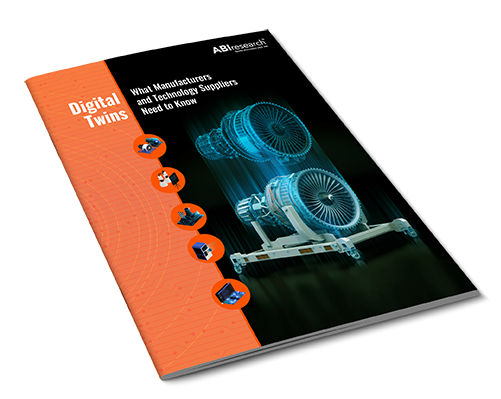Digital twins—digital representations of real-world entities such as sensors,
devices, machines, systems, and even people—have evolved from a niche concept to an integral part of the industrial landscape. In fact, due to the rapid adoption of digital twins, ABI Research forecasts that the market will grow from US$3.5 billion in 2021 to US$33.9 billion in 2030, at a 29% Compound Annual Growth Rate (CAGR).
However, despite the growing adoption and prevalence of digital twins, there are still many misconceptions about the term. The issue stems from the fact that Digital twins are not a technology, but rather a composition of solutions aimed at bridging the physical and digital worlds, from design through simulation, manufacturing, assembly, and after-sales service and support.
The pandemic led companies to focus on technologies that empower remote operations and reliability for customers, boost revenue, and maintain margins by keeping costs down. Digital twins play a role in all three—from training new operations staff before they step foot in a plant, to using simulations and real-time data for better business planning. For manufacturers and technology suppliers, staying up-to-date on the present, and future, of digital twins will be vital.
Download our whitepaper to learn more.

